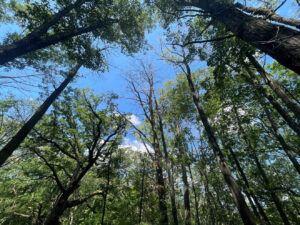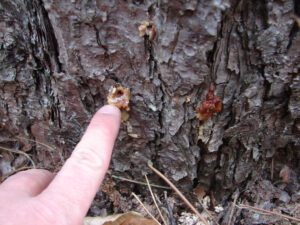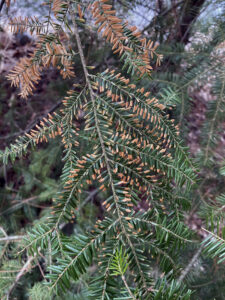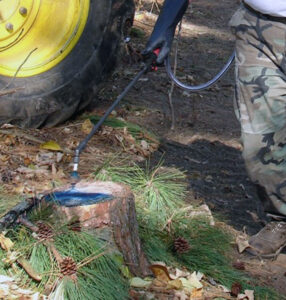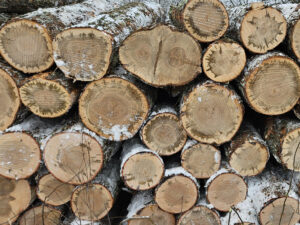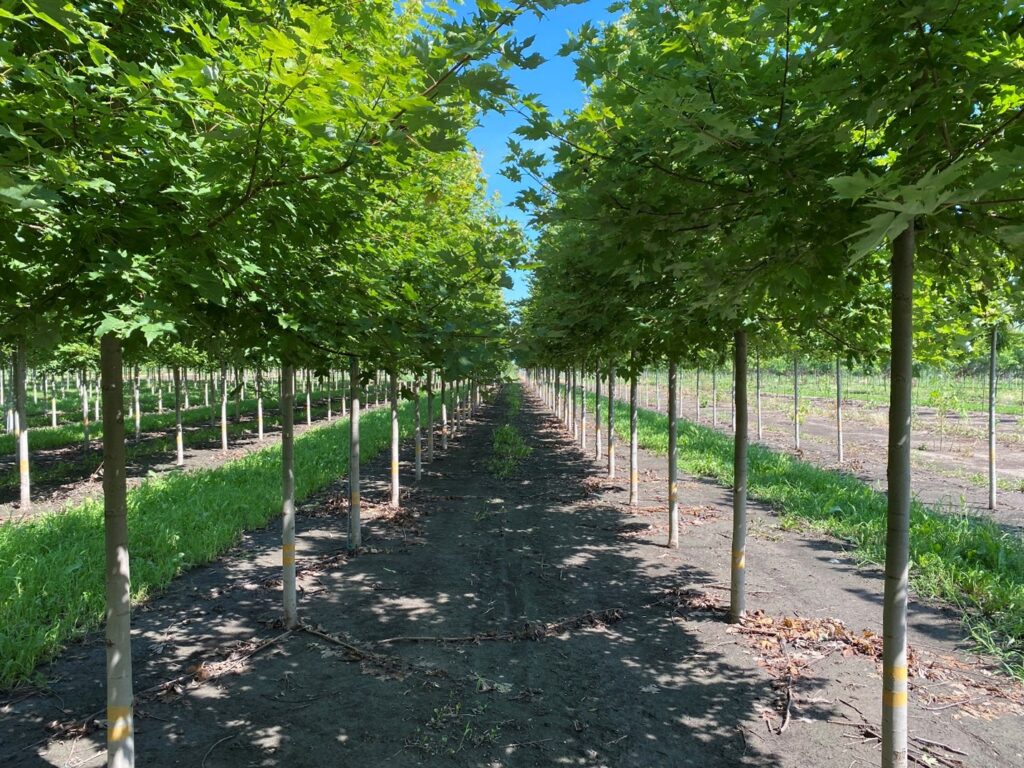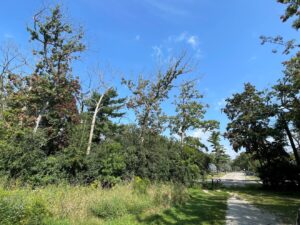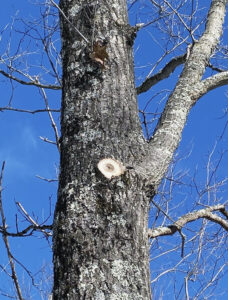By Michael Hillstrom, DNR Forest Health Specialist; Michael.Hillstrom@wisconsin.gov
and Abby Krause, DNR Urban Forestry Coordinator; Abigail.Krause@wisconsin.gov

Oak leaves infected with anthracnose.
Anthracnose is a common disease of hardwood trees during cool, wet spring seasons. Some parts of Wisconsin have been cooler and wetter than others this spring, so anthracnose damage may be patchy.
Ash, maple, white oak, sycamore and walnut are the most commonly impacted tree species. Each species has its own species of anthracnose that infects it, but if weather conditions are right, then we tend to see damage on multiple species. Continue reading “Anthracnose Infecting Hardwood Leaves”

